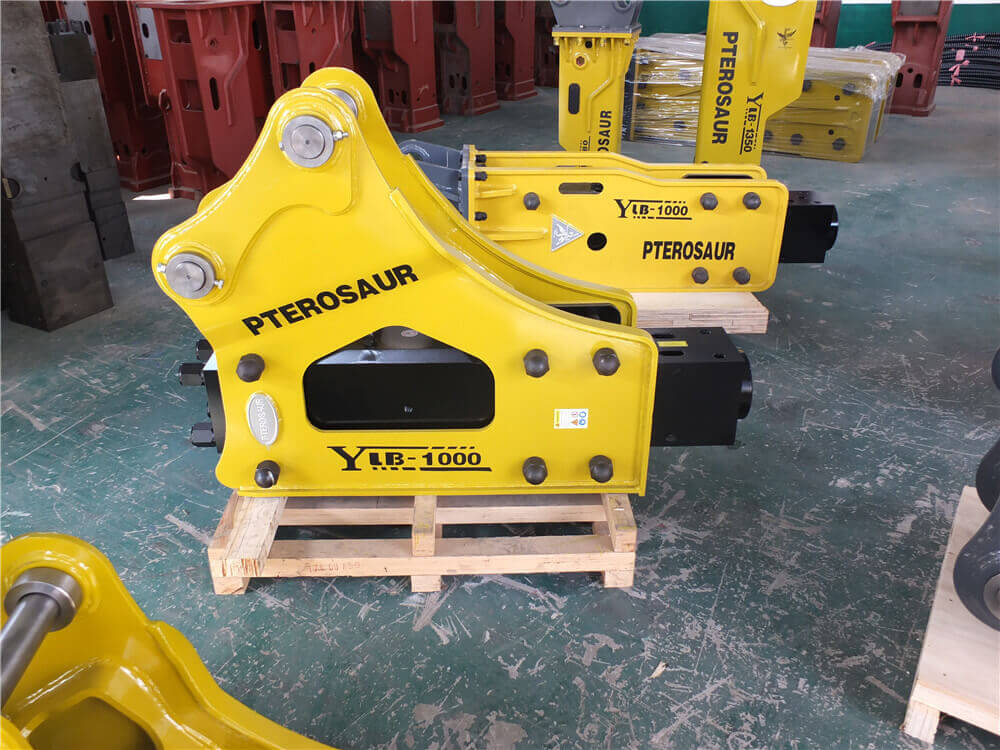Understanding the Importance of Proper Nitrogen Charging in Hydraulic Breakers
Hydraulic breakers are essential tools in construction and demolition activities, providing powerful impact energy to break through tough materials. A critical component that ensures the optimal performance of these breakers is the nitrogen charge maintained in their accumulators. This article explores the significance of nitrogen charging, how it affects breaker performance, and the methods for maintaining the appropriate nitrogen levels.
Why Nitrogen Charging Matters
The accumulator in a hydraulic breaker plays a vital role in storing hydraulic energy. It is filled with nitrogen gas, which helps maintain the necessary pressure for the breaker to operate efficiently. When the nitrogen charge is too low, the hydraulic accumulator cannot store adequate energy, leading to diminished performance. Consequently, it can result in slower operation and reduced effectiveness in breaking materials.
The Role of Nitrogen in Hydraulic Breakers
Nitrogen serves as a compressible medium in the accumulator. During operation, hydraulic fluid is pumped into the accumulator, compressing the nitrogen gas. This process stores energy that is later released to provide the impact force needed for the breaker to function. Therefore, maintaining the correct nitrogen charge is crucial not just for performance but also for the longevity of the hydraulic breaker.
How to Charge Nitrogen in Hydraulic Breakers
Steps for Nitrogen Charging
-
Assess the Current Charge: Before charging, it’s important to check the current nitrogen pressure in the accumulator using a pressure gauge. This will help determine how much nitrogen is needed.
-
Prepare the Nitrogen Charging Kit: Utilize a nitrogen charging kit, which typically includes a pressure gauge, a hose, and an adapter suited for the specific hydraulic breaker model.
-
Connect the Charging Kit: Attach the hose to the nitrogen charging port on the hydraulic breaker. Ensure that all connections are secure to prevent leaks.
-
Charge the Accumulator: Open the nitrogen supply to introduce nitrogen into the accumulator. Monitor the pressure gauge closely to avoid overcharging, which can also damage the accumulator.
-
Seal and Test: Once the desired pressure is reached, close the nitrogen supply, disconnect the charging kit, and check for any leaks. Testing the breaker afterwards can confirm that it is functioning correctly.
Recommended Nitrogen Pressure Levels
The nitrogen charge level required can vary based on the type of hydraulic breaker. It’s essential to refer to the manufacturer’s specifications for the correct pressure range. Typically, pressures can range from 150 to 250 psi, but this will depend on the specific model and its operational requirements.
Conclusion
Proper nitrogen charging is crucial for the efficient operation of hydraulic breakers. By ensuring that the nitrogen charge is maintained at optimal levels, operators can enhance the performance and longevity of their equipment. Regular checks and maintenance of the nitrogen charge not only improve operational efficiency but also prevent costly repairs and downtime. Whether you are a seasoned professional or a novice in the field, understanding and implementing proper nitrogen charging practices is essential for maximizing the effectiveness of hydraulic breakers.



































